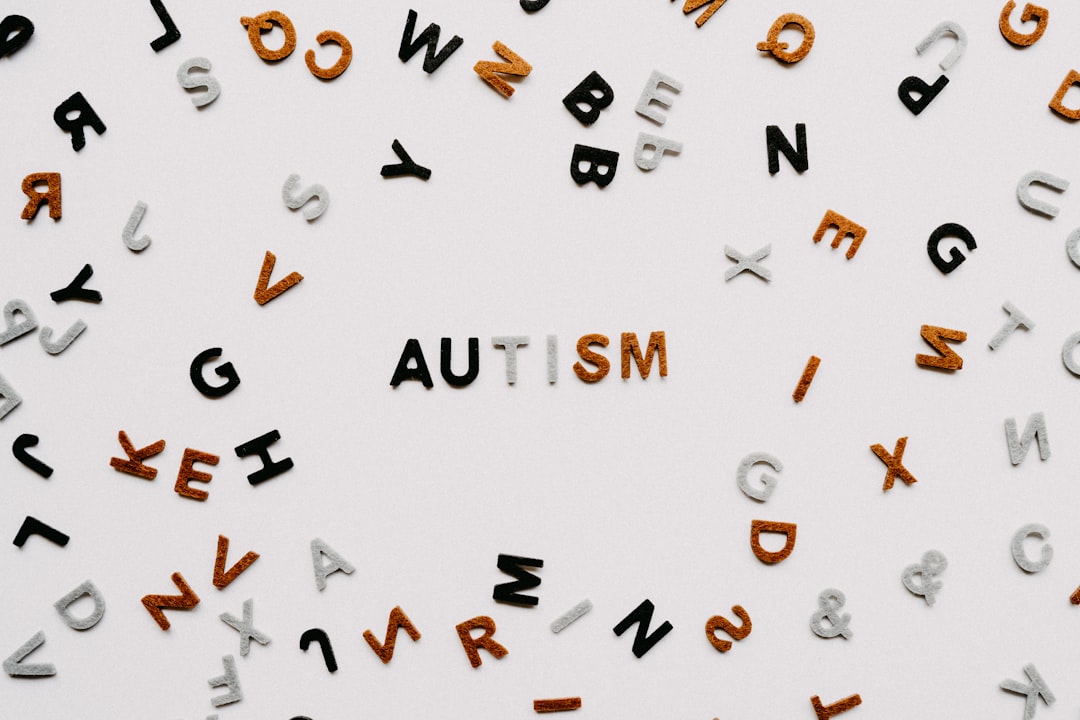What is it about?
"Undertale" and "Night of the Woods" seem like very different kinds of videogames, but both use the way that videogames can make players feel responsible for what happens during the experience of the game's story as a central storytelling tool. Each uses this feeling of responsibility to encourage players to think about the consequences of their actions within the game, within other games, and even out in the wider world. However, they apply that tool in different ways. "Undertale" subverts what players typically expect of games to underline that they cannot escape responsibility for their actions. It uses this focus to tell a story that explores the impact of kindness and interpersonal connection, and which savagely critiques the gameplay and narrative assumptions common to video games at large. In comparison, "Night in the Woods" doesn't subvert the fundamental mechanics of gameplay. Instead, it uses a tight focus on the protagonist's experiences to tell a story that uses the player’s perception of responsibility to explore themes of rural marginalisation under capitalism, mental illness, horror, desperation and hope.
Featured Image
Why is it important?
Storytelling experiences have always been shaped by the ways that people engage with the content of a story through the form of media that holds it: for example, simply knowing how far through a book we are changes how we anticipate what will happen next in the story. However, often the ways that different kinds of storytelling media shape our experiences of fiction - and the ways that the people telling stories *already* make use of that fact in telling their stories - isn't something we notice. Understanding how the processes we go through as we engage with fiction are shaped by storytelling media, shaping our experiences of the stories told through those media in turn, will show insights into how people have been telling stories for a long time. This article explores "Undertale" and "Night in the Woods" as case-studies because they outwardly seem like very different styles of games but are actually using the same storytelling tools distinctive to videogames as foundations for their narratives and how they are experienced. The comparison allows me to demonstrate the ways they work similarly to each other despite their differences, and to illustrate how those storytelling tools work, before drilling down to explore the specific ways each applies those tools differently to the other.
Perspectives
When I wrote the article about "Homestuck," I thought some of the new terms I introduced there to help understand it and how it worked would be useful for exploring "Undertale," so I'm delighted to have had a chance to apply those ideas in that new context. However, although they were useful, I found the focus of the discussion explored that dimension of the game in less detail, so perhaps I'll spend more time on it in future work. Generally speaking, the ways that different forms of storytelling media shape the stories we tell through them fascinate me. This article was a great opportunity to explore how the toolset provided by videogame storytelling have been used to shape the experience of these two stories in memorable ways.
Dr Kevin Veale
Massey University
Read the Original
This page is a summary of: “If anyone’s going to ruin your night, it should be you”: Responsibility and affective materiality in Undertale and Night in the Woods, Convergence The International Journal of Research into New Media Technologies, May 2021, SAGE Publications,
DOI: 10.1177/13548565211014434.
You can read the full text:
Contributors
The following have contributed to this page










